Visitors; iPhone M14;
More Extragalactic Supernova Project imaging
Posted: 18 June 2018
Tuesday, 12 June 2018, dawned clear, but clouds began arriving mid-morning as a storm system approached with moisture from Pacific Hurricane Bud. Rain arrived before sunset on Friday, 15 June, with 0.19" that day. Rain continued on Saturday, 16 June, with 0.28". Cloudy skies continued until Sunday, 17 June, with a clear sky forecast for that night.
|
Open: Sunday, 17 June 2018, 1848 MST Temperature: 77°F |
Session: 1251 Conditions: Mostly clear |
Equipment Used:
12" f/8 LX600 w/StarLock
2" 24mm UWA eyepiece
1.25" 15mm eyepiece
Camera:
iPhone 8 Plus
D850 DSLR
SYNCed the observatory clock to WWV.
Then did some work inside the observatory before opening the dome.
1904 MST: LX600 ON, StarLock OFF, High Precision ON.
Viewed Venus, 102X and 163X.
Mounted the iPhone 8 Plus on the 15mm eyepiece. This is a stack of 2480 video frames (slo-mo, 240fps), afocal 163X:

1917 MST: viewed Mercury, 102X and 163X. Small disk visible.
Some breezes came up.
Viewed the Moon, 102X.
1937 MST: sunset.
Handheld iPhone afocal 102X photo of the Moon:
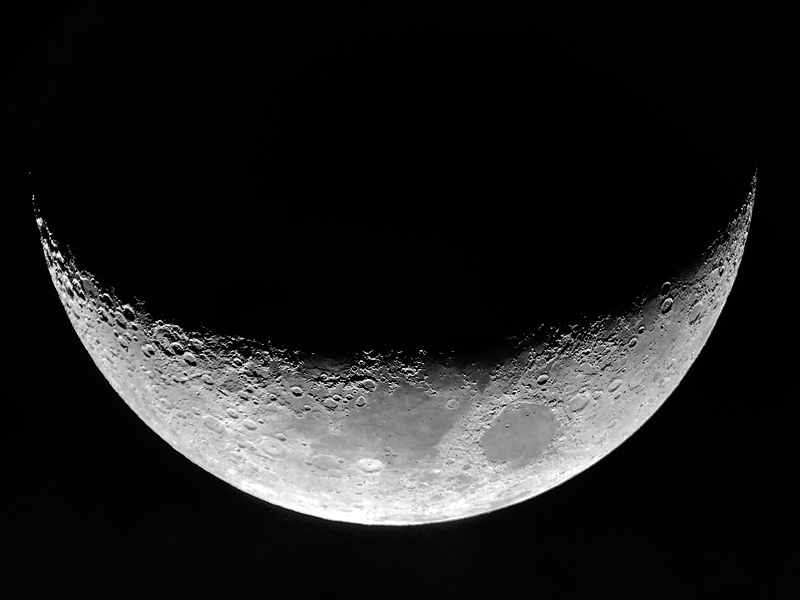
1946 MST: viewed Jupiter, 102X and 163X. Four moons visible. 1950 MST: the Great Red Spot was rotating into view.
Had the first of the visitors to the observatory:
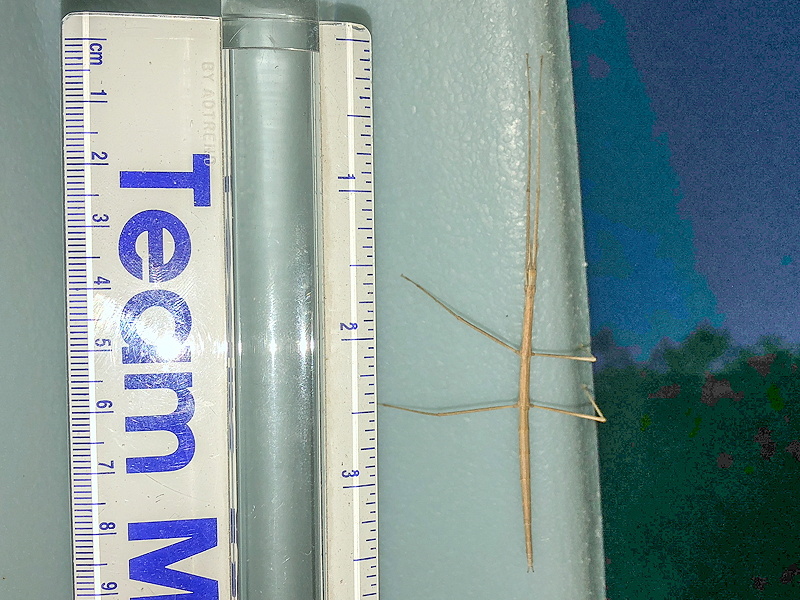
2020 MST: the sky was clear now.
This handheld D850 DSLR photo (f/2.8, 1/4sec, ISO 800, FL 38mm) shows the star Regulus, the crescent Moon, Venus, and the star Pollux and Castor:

2048 MST: viewed M14 (globular cluster), 102X and 163X. Calm now.
The second visitor showed up:
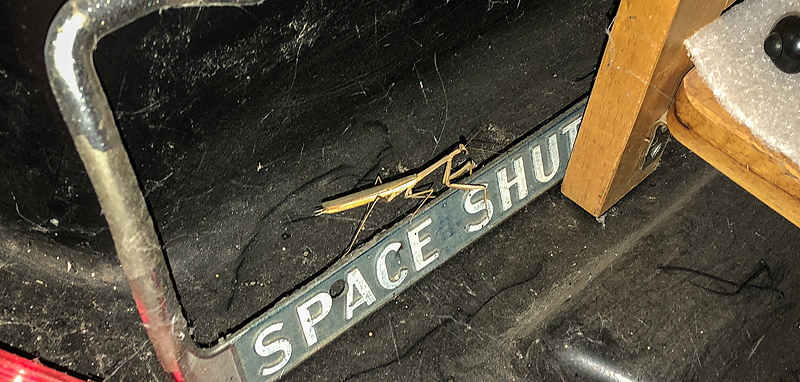
Mounted the iPhone on the 15mm eyepiece.
2110 MST: StarLock ON.
iPhone image of M14 (globular cluster), NightCap Camera (ISO8448, 1/3sec, 1 minute):

2113 MST: StarLock OFF.
2120 MST: viewed NGC4214, 102X. It would be the first imaging target of the night for my Extragalactic Supernova Project. Would wait for the Moon to get lower in the sky.
2125 MST: the next visitor, a Kissing Bug, was terminated.
And this visitor arrived (baby tarantula):

2132 MST: Kissing Bug #2 terminated.
2142 MST: slewed to the star Denebola and SYNCed the AutoStar. Mounted the D850 DSLR at prime focus of the 12" telescope and focused on Denebola.
2156 MST: StarLock ON, High Precision ON.
Took the following images (StarLock autoguided, 5 minutes, ISO 6400, White Balance 5000K) for my Extragalactic Supernova Project:
NGC4214
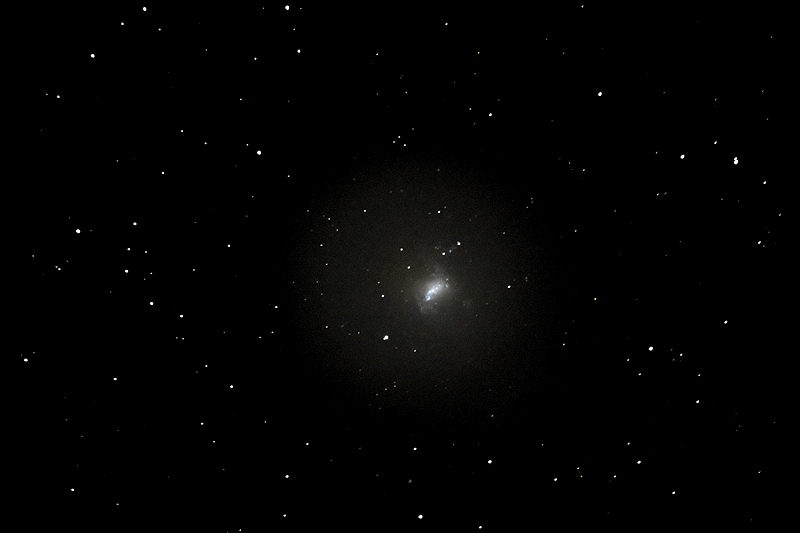
NGC4244
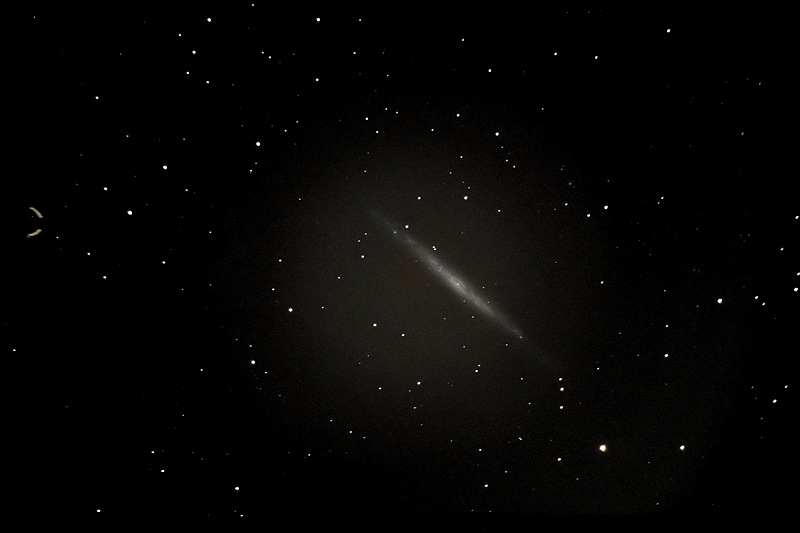
NGC4258 (M106)
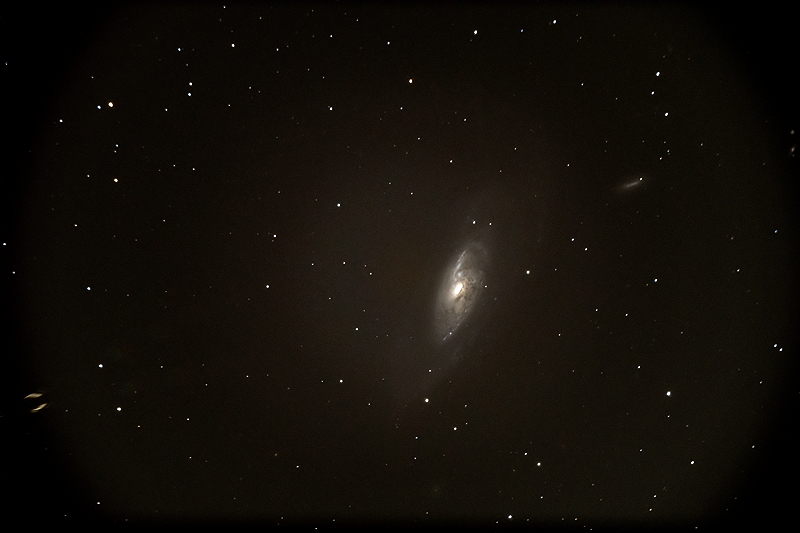
NGC4303 (M61)
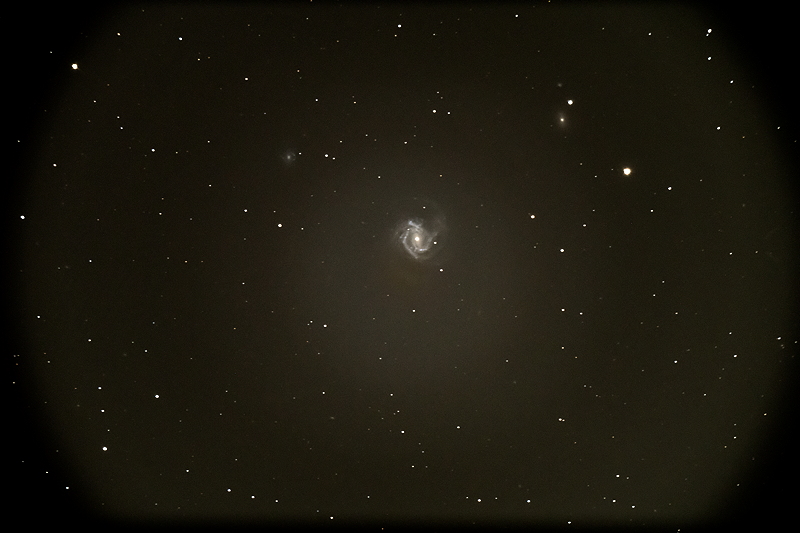
NGC4395
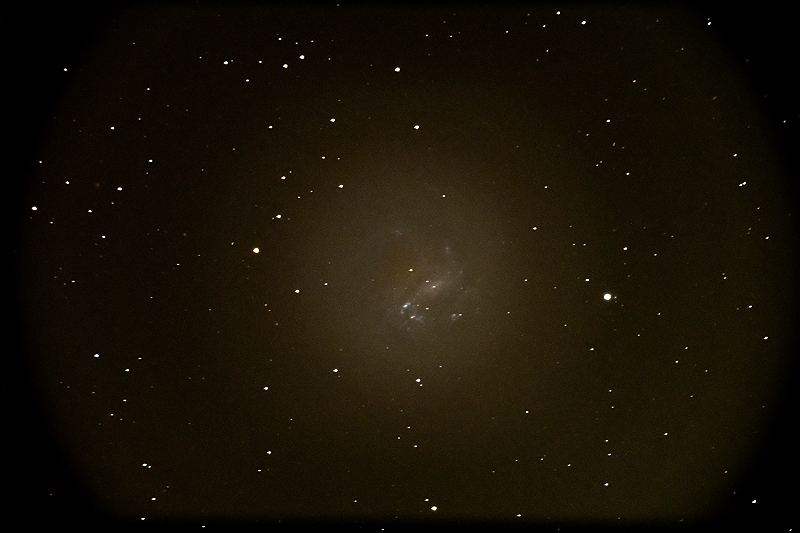
NGC4449
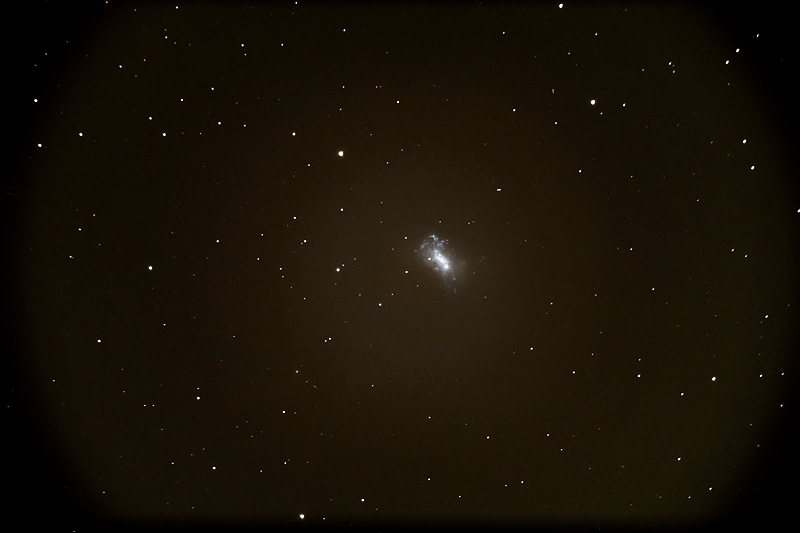
NGC4490
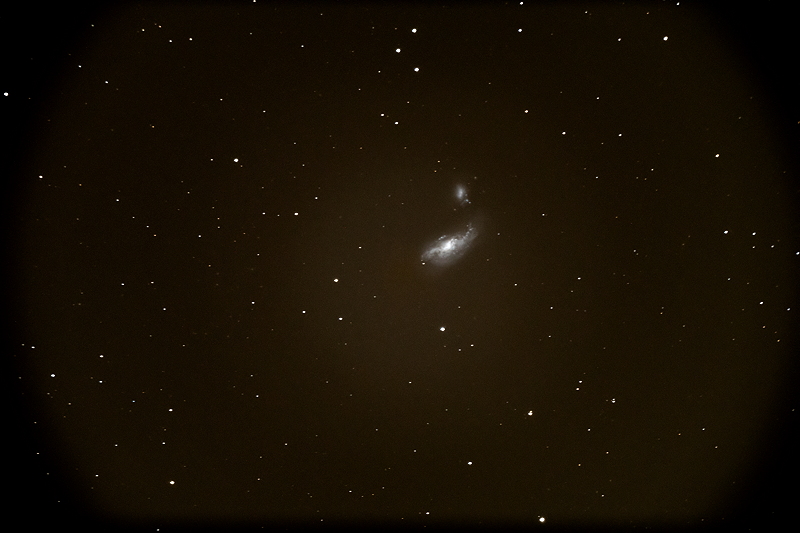
This image of NGC4490 shows what else is in the image (overlays by the Mac application "Observatory"):

2308 MST: StarLock OFF, High Precision OFF.
Ended imaging.
2319 MST: viewed Saturn, 102X.
Then viewed M8 (Lagoon Nebula), M17 (Swan Nebula), and M20 (Trifid Nebula), 102X.
2329 MST: LX600 OFF.
2330 MST: Mars was just rising over hill to the southeast.
Prior to closing up for the night I heard of pack of coyotes "singing" near the observatory. I got out my nightscope but I could not find them.
Since I had the nightscope out I decided to take a quick look at the Milky Way in Sagittarius. Nice view.
|
Close: Sunday, 17 June 2018, 2350 MST Temperature: 68°F |
Session Length: 5h 02m Conditions: Clear |
I have occasionally reported on the Vello ShutterBoss III Wireless Receiver random triggering with my Nikon D850 DSLR. That was something I had never experienced with my original ShutterBoss on my D7200 DSLR, or even with that old model on my D850. Vello support has been great. They have sent me several ShutterBoss IIIs to try out. The last one has worked the best. In fact, during my usage I discovered that there were significantly reduced random triggers when the camera was turned ON before the receiver (which is the reverse of what the manual instructs). I asked Vello if powering ON in the opposite order of what they recommended could damage the D850 or the receiver. They said no.
I have updated my observatory Air Conditioner report with new information.
I have also posted a review of the macOS image processing application "Observatory".
Comments are welcome using Email. Twitter users can use the button below to tweet this report to their followers. Thanks.
Cassiopeia Observatory Home Page
Copyright ©2018 Michael L. Weasner / mweasner@me.com
URL = http://www.weasner.com/co/Reports/2018/06/18/index.html
